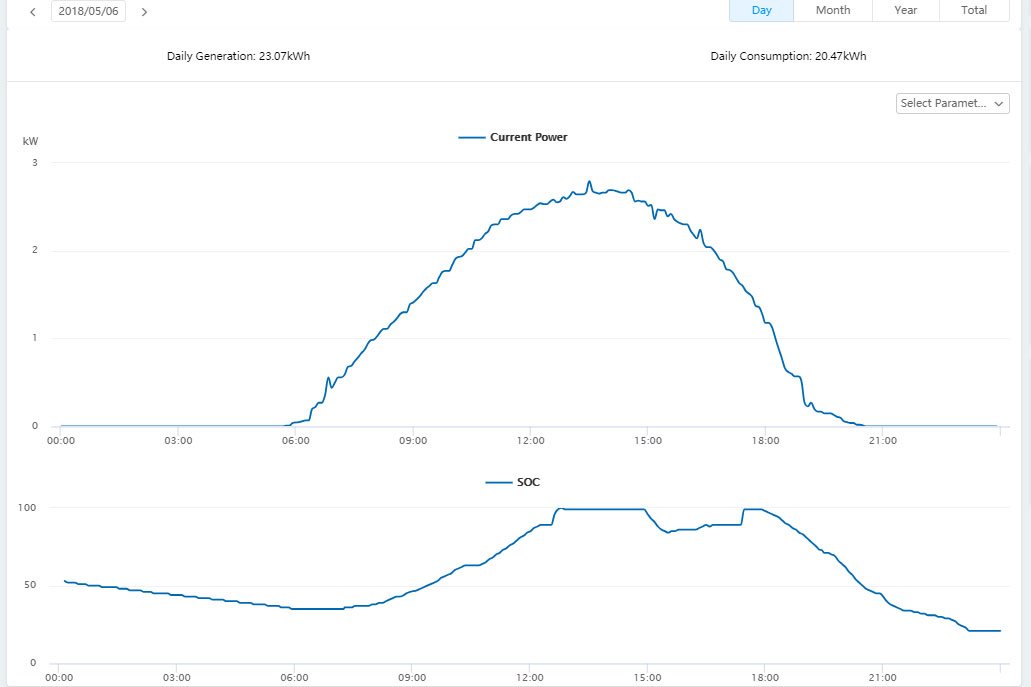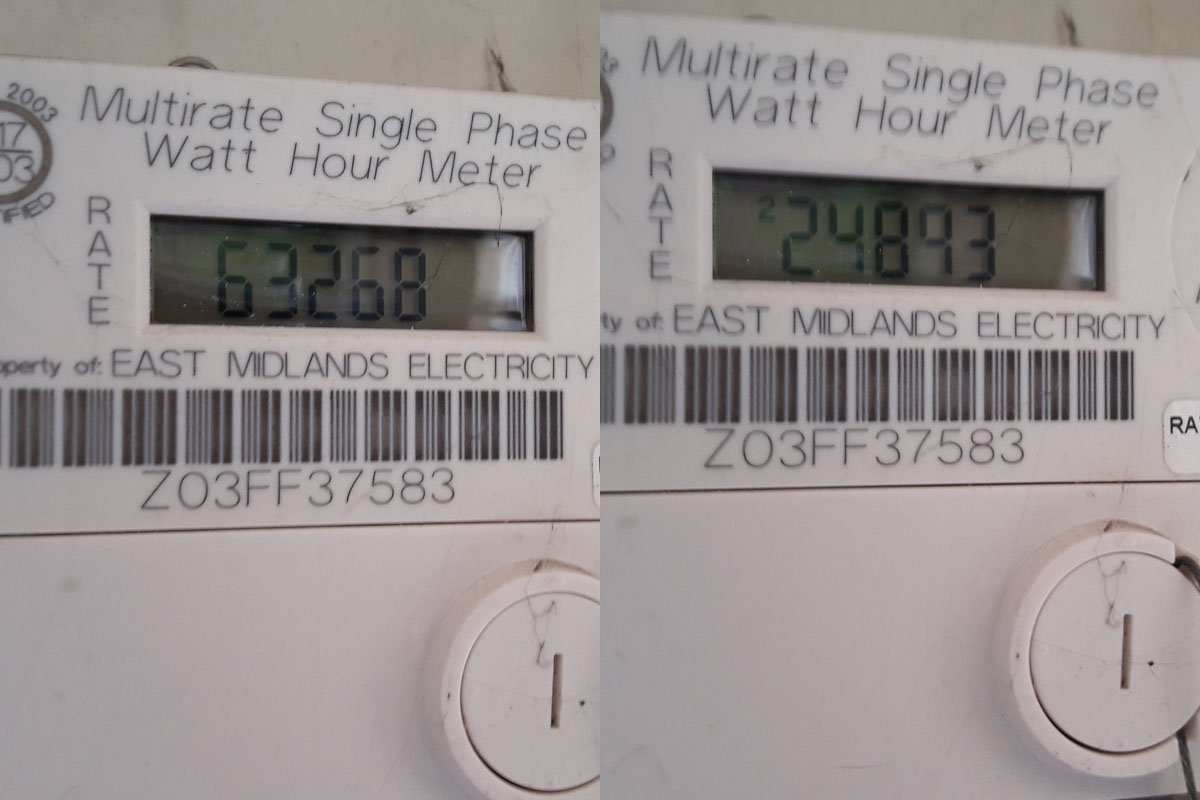This is about Days 6 and 7 of owning a PowerBanx home battery, and a summary of the result of a week running our house with one. On Day 1 I explained how it charges up from our solar panels during the day and then empties during the evening to power the house. The battery is big enough that if we’re not too wasteful it can take us right through the evening and night-time until the solar starts again the next day. Result: no electricity bill, at least outside the darker winter months.
On Day 6 the battery was full by 1pm; I spotted this at about 3pm and so tried again to use the excess solar to charge my car. As on previous days the battery started to empty rather fast because of the high power used by our charge point and I turned it off after half an hour (instead I set a PC mining for Bitcoin to make us a bit of money on the side).

Not to be outdone on the car charging I had a new idea and started the charging again at about 6pm using our 13A charging cable (a so-called ‘granny cable’). This worked better because it uses less power, and matches more closely the amount of power provided by the solar panels. The battery started emptying more slowly than before but, even so, I turned it off quite soon after as it was too late in the day to get much power from the solar, and reset the car to charge on cheap Economy 7 electricity overnight instead.
With the attempts at charging the car (and also mining Bitcoin) the battery started to run down during the evening and didn’t quite make it to when we went to bed, and so we necessarily had to use some grid electricity that evening, see below.
Day 7 was similar to Day 6, with some charging of the car. However, I did no Bitcoin mining and the battery powered us through the evening into the next morning so we used no grid electricity at all for the house (though again we charged the car overnight on Eco7).
The next morning I checked the meters again:

The readings of 63268 and 24893 can be compared to the readings of 63266 and 24867 taken after Day 5. The Economy 7 reading has gone up significantly from charging the car overnight. However, the daytime reading has only gone up 2 units, or about 30p.
So the cost of electricity to run the house (and some daytime charging of the car) had been just 15p per day.
First Week Summary
Electricity costs for the house for the first week:
- Day 1: 0
- Day 2: 60p (caused by car charging)
- Day 3: 23p (caused by car charging)
- Day 4: 0
- Day 5: 15p (caused by car charging, and not counting 31p earned from Bitcoin mining)
- Day 6 and 7: 30p (including car charging, and not counting 47p earned from Bitcoin mining)
- Average cost per day: 18.3p
Or more simply: the starting meter reading on Day 1 was 63260, the ending meter reading on Day 8 was 63268, so usage for the week was 8 units at about 15p per unit. The house daytime electricity cost was therefore about £1.20 for the week, though some Eco7 was also used for the house in the early hours.
Therefore the average daily electricity cost for running our home was just 18p per day (and this included some electricity used for charging the car and mining for Bitcoin).
This result was even better than I’d hoped when I started. In fact I’m convinced that if I hadn’t kept trying to charge the car I could have run the house for a week using no grid electricity at all – so that’s something I’m going to try soon.



